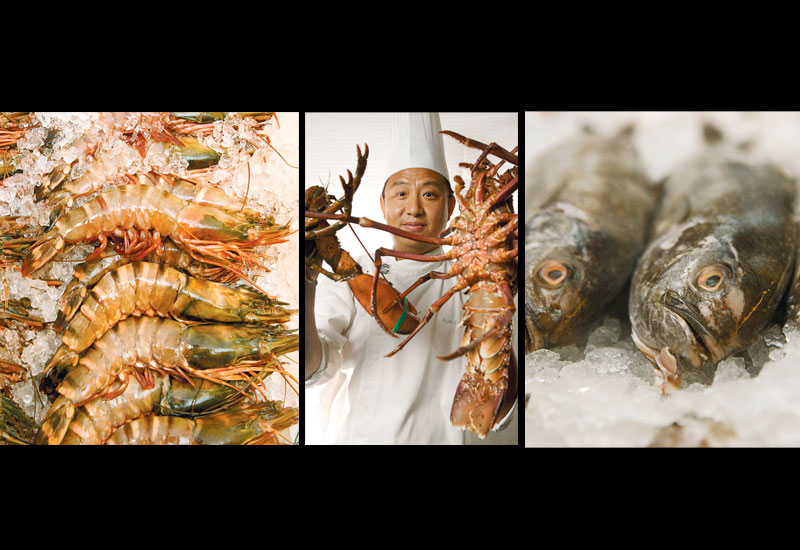Clearwater also offers kitchens a full seafood solution. “We employ a consulting chef who provides assistance to caterers, airlines, restaurants and other food service operators,” explains director of marketing Holly Reardon.
“Over the past five years our chef has assisted a number of airline and hotel caterers in the Middle East, with technical suggestions and a variety of full menu solutions.”
Some importers have, however, noticed problems — especially when ordering seafood from Asia.
“Tuna is a problem here as most people use colour-enhanced loin from the Phillipines and Indonesia, which is gas-flushed with carbon monoxide to give it a cherry-red look,” comments Wet Fish Trading managing director Mark Allan, who also notes financial losses are common in the seafood import market.
“I was supplying whole fish from Sri Lanka to a restaurant in Dubai, but you stand to lose money, so I stopped as it’s not fair to either party,” states Allan, who cites cost as a major obstacle in the supply of some items.
Despite this, Allan asserts that larger suppliers can often get it wrong despite having larger purses to play with.
“Large suppliers tend to stock a large range, but are not necessarily knowledgeable or interested in what they sell,” he claims.
“They stock bulk and supply to the lowest common denominator; smaller companies like ours have established a market presence by being consistent, pro-active and passionate about our offering.”
At Le Méridien Dubai’s long-established Sea Food Market, the presence of live fish swimming in tanks is more than a mere spectacle.

Advertisement
“This helps us to supply the freshest fish we can, but we also have a supplier who delivers twice a day,” says the restaurant manager Stanley Marquez.
“People are always looking for something fresh, so the quality of seafood that you have and the variety as well is important.
“Some of the guests are not totally convinced when they see the fish; they want to buy what they know, therefore if we haven’t got whatever they ask for in stock or on the menu, we recommend a similar fish.”
Sea Food Market head chef Nim Fat Kwai notes: “When we started the Sea Food Market we were one of a kind in Dubai; now almost every hotel has a seafood restaurant.
Economic bonus
With the economic situation playing on the mind of industry professionals, it appears many buyers are looking toward traditional concepts and local suppliers who can provide fresh, quality produce — and the price of luxury is not as high as some would imagine, according to Classic Fine Foods’ Leroy.
“With seafood, high quality doesn’t always mean expensive; it means more difficult to get — such as a product like oysters that takes time to mature,” he explains.
“Oysters are in fact doing very well in the Middle East region.”
Wet Fish Trading’s Allan agrees with Leroy.
“The prices are never the same from one day to the next in the seafood market,” he asserts.
“However imported fish prices have been cheaper in the last six months than at anytime in the last ten years.”
Luxury seafood, especially local products, aree within easy reach of the region’s restaurants.
And with luxury seafood prices as reasonable as they are, the Middle East should certainly expect to see more menus including something fishy over the course of the next few months.









 Search our database of more than 2,700 industry companies
Search our database of more than 2,700 industry companies









